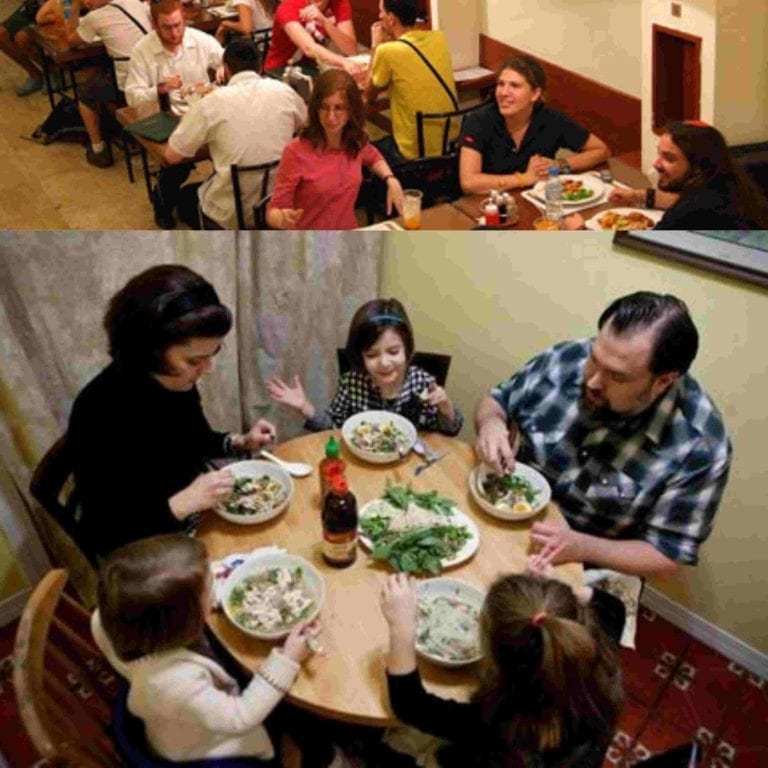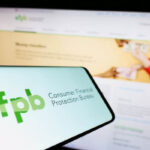Frugal Man’s Drink of Choice: ‘Water, Please’
Being a frugal family is a team sport. Everyone has to agree in practice, if not in principle, that saving money is a really good idea.
The principle part is easy. Everyone supports saving money, they just aren’t all that thrilled with the practice of not spending it.
That can be a problem when the chance comes up to demonstrate a commitment to frugality. The most frequent, popular and hotly debated one at my house: Eating at home versus dining out.
For years, I presented these very compelling arguments on the advantages of staying home for eats and treats every night:
- Teamwork. This is a chance to teach our three boys how to cook, clean and work together.
- Family time. What room hosts the best conversations when you attend a party? It’s almost always the kitchen. Food makes it a comfortable environment.
- Health. We pig out when we eat out. A 2013 USDA survey found that restaurant food contains 50 percent more calories and reduces diet quality among adults and children.
- Cost. An acceptable meal for the five Fays at the cheapest sit-down restaurant is about $50. We could have steak and shrimp with bread, salad and cheesecake for that much at home.
- Time. Dining out saves no time. Measure how long it takes to get ready, get in the car and drive, be seated, be served, pay and drive home. That’s two hours — minimum. The 2012 American Time Use Survey by the Bureau of Labor Statistics shows men and women spend a combined average of 66 minutes preparing food and drinks, and cleaning up in the kitchen. Case closed.
Despite the overwhelming evidence, the opposition makes a short and powerful argument: “I’m not doing any cooking and cleaning tonight. We’re eating out.”
That’s game over in my house, especially since the opposition also serves as the jury for the debate. But I don’t quit. I have changed tactics, quietly introducing two ideas that will allow us to eat out at a price I’m willing to pay. There’s also a bonus: Restaurants actually help with both strategies.
The first idea is sharing meals. Restaurants are famous for over-serving and Americans are happy to overeat. A USDA survey shows that restaurant portions are double or triple the recommended size. That means there is plenty for everybody. If you doubt that, think about how many times you take home a doggie bag or just toss what’s left on your plate because they’ve given you too much.
My solution: Order one less meal than you have people at the table. Most of the time I volunteer to be the odd man out, taking on the martyr’s face and humbly saying, “I’m not really hungry tonight. You all go ahead.”
Then I order a spare plate and munch off everyone else’s meals, which isn’t hard when they’re served way more than they need anyway. If you’re dining at a place that serves unlimited bread, you could probably get away with two fewer meals at the table.
There are no doggie bags and the bill just lost at least 20 percent of its weight.
The second option should be an easy sell. When the waitress asks about drinks, everybody at the table replies: “Water, please.”
Tap water is free, you get as many refills as you can swallow and there is no questioning the health benefits. Beer, liquor and especially soft drinks, on the other hand, carry a serious markup. Soda costs the restaurant about a penny an ounce, cup, straw and top included. Do your own math on how much they’re making off you, but the markup generally is somewhere between 800 and 1,000 percent.
The Bureau of Labor Statistics shows the average American family spends $2,700 on dining out every year. Sharing meals and ordering water could cut that by 30 percent — that’s about $800 more in your pocket.
If nothing else, that should buy the team a lot of steak and shrimp for your next dinner at home.
Send thoughts, tips or actual experiences regarding frugal behavior to Bill Fay at [email protected].









